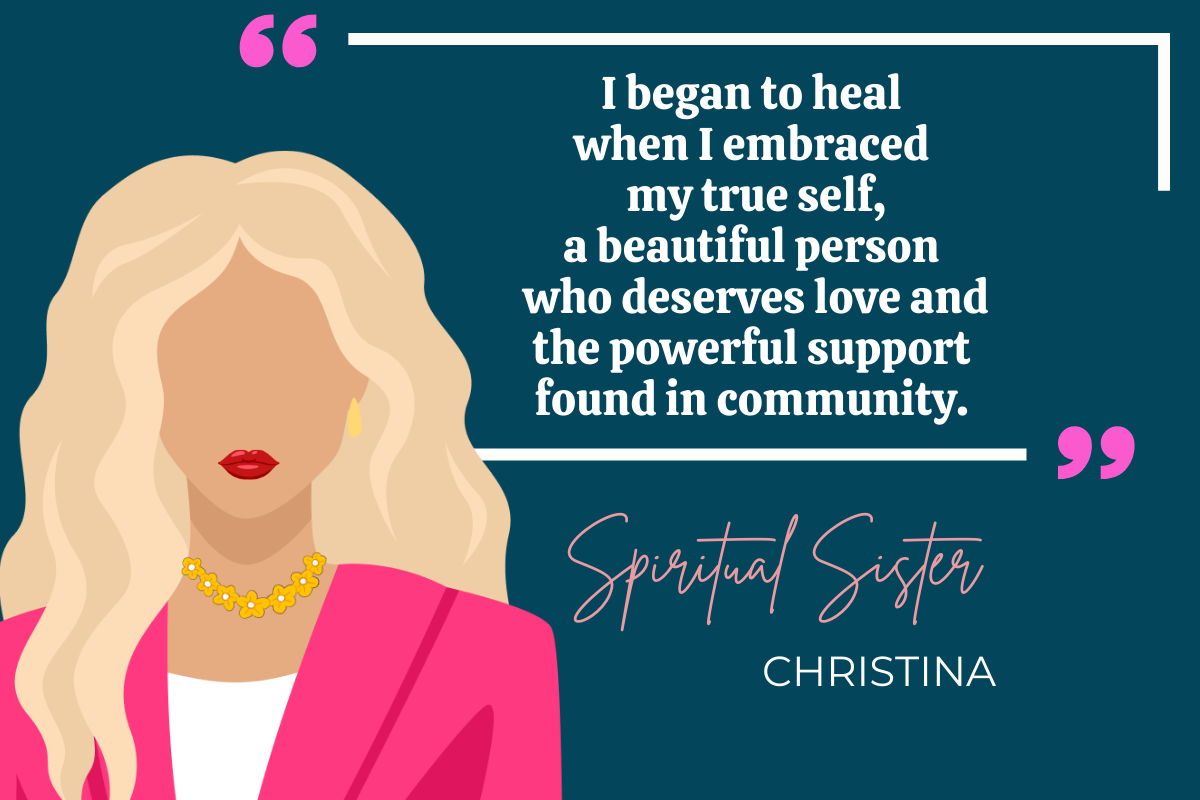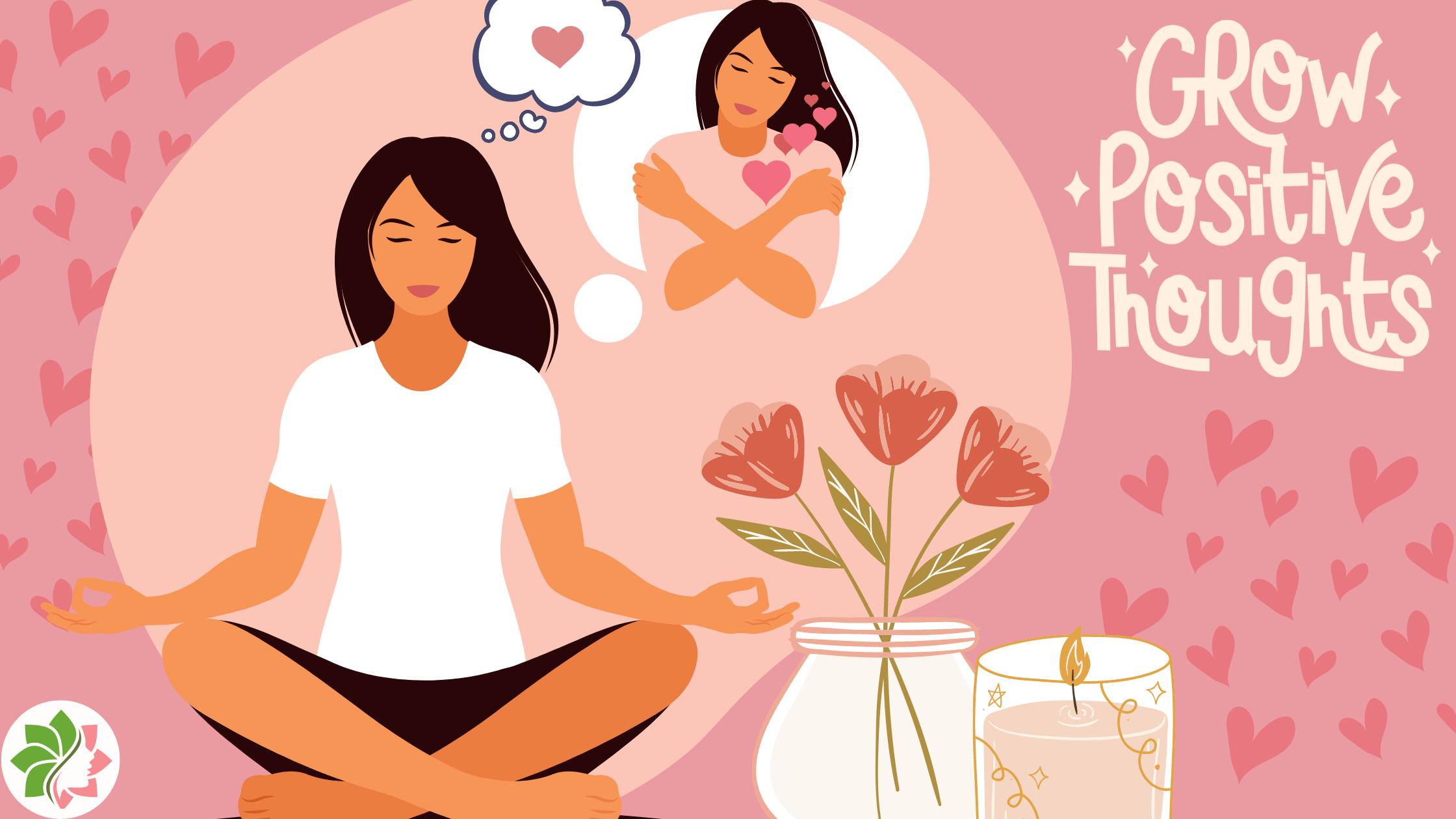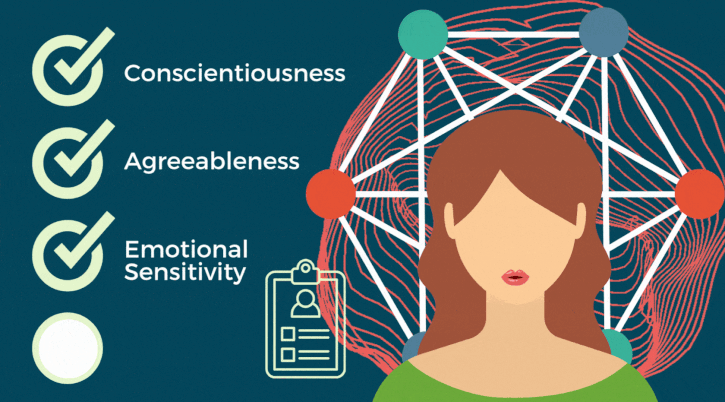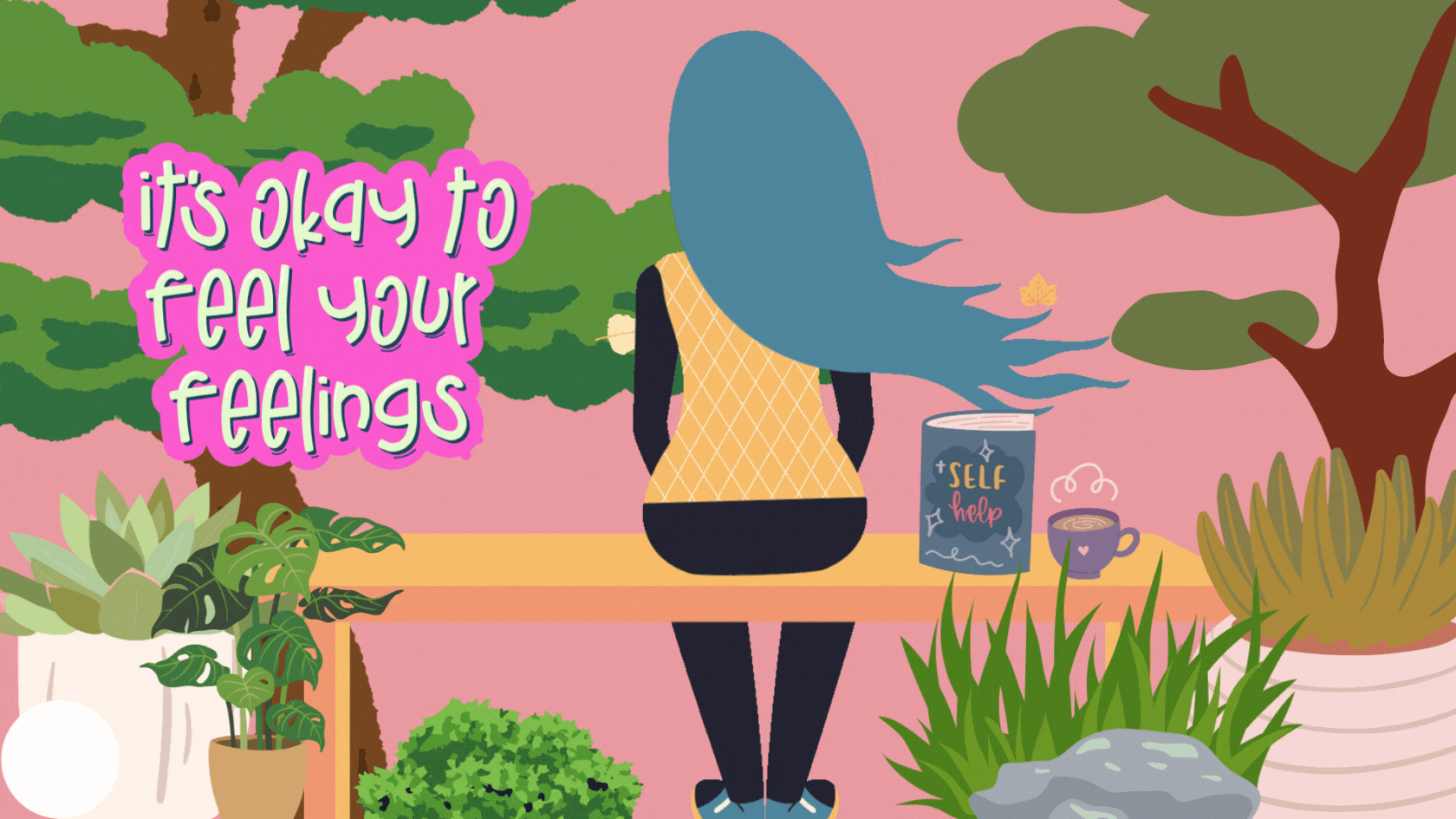It can be tough to manage the emotional triggers behind hair-pulling.
But the good news is that improving emotional regulation can help you take back
control. Today, we’re going to dive into specific techniques you can use to
enhance emotional regulation and reduce those pulling urges.
Why Emotional Regulation Matters
When you’re feeling stressed, anxious, or overwhelmed, it can be hard
to stop yourself from pulling your hair as a way to cope. But learning how to
regulate your emotions—without turning to hair-pulling—can help you break the
cycle and find new ways to respond to difficult feelings.
Emotional regulation is the ability to manage
and respond to your emotions in a healthy way.
Techniques like mindfulness and relaxation exercises can help you
calm your mind and body, making it easier to recognize and manage your
emotions. By practicing these strategies regularly, you can develop more
constructive ways of handling stress, boredom, or emotional pain.

Techniques to Improve Emotional Regulation
Let’s explore some specific techniques you can start using today to manage your emotions and reduce hair-pulling:
1. Mindfulness Meditation
Mindfulness meditation encourages you to focus on the present moment
without judgment. For people with trichotillomania, practicing mindfulness
helps you become more aware of your thoughts, emotions, and body
sensations—like the urge to pull your hair.
By
noticing those urges as they arise, you can respond to them in a calm,
non-reactive way. Mindfulness meditation also promotes relaxation and reduces
stress, which can lower the chances of hair-pulling when you’re feeling
emotionally distressed.2. Progressive Muscle Relaxation (PMR)
Progressive muscle relaxation (PMR) involves tensing and then
relaxing different muscle groups in your body. It’s a simple yet effective way
to release physical tension and calm down, especially when anxiety or stress is
triggering your hair-pulling urges.
By practicing PMR regularly, you’ll reduce overall muscle tension and
feel more relaxed, which can make a big difference when you’re tempted to pull
your hair.
3. Deep Breathing Exercises
Deep breathing exercises, like diaphragmatic breathing, activate your
body’s natural relaxation response. By slowing down your breathing and taking
deep, intentional breaths, you can lower your heart rate, reduce anxiety, and
regain control over your emotions.
When you’re feeling emotionally overwhelmed or noticing the urge to
pull, practicing deep breathing can interrupt the stress response and help you
refocus your mind.

4. Emotional Awareness Techniques
Tracking your emotions and understanding the connection between your
feelings and hair-pulling is a powerful tool for managing trichotillomania.
Using an emotion journal or a mood tracking app allows you to spot patterns and
identify emotional triggers.
Once you become more aware of your emotions, you can start responding
with self-compassion and healthier coping strategies. Instead of pulling your
hair when you’re feeling stressed or anxious, you can choose other
techniques—like deep breathing or mindfulness—to manage those emotions more
constructively.
5. Cognitive Restructuring
Cognitive restructuring is a technique that focuses on challenging
negative or distorted thoughts related to trichotillomania. By reframing
harmful thoughts and replacing them with more balanced, realistic alternatives,
you can change the way you think about your urges.
For example, instead of thinking, "I can’t stop pulling my
hair," cognitive restructuring helps you reframe that thought into,
"I’m learning how to manage my urges, and I can make progress." This
mindset shift reduces the intensity of hair-pulling urges and encourages
emotional regulation and well-being.

How Stress and Anxiety Contribute to
Trichotillomania
It’s important to recognize how unresolved stress and anxiety can
fuel the cycle of hair-pulling. Chronic stress can increase inflammation in
your body, which makes it harder to regulate your emotions.
Studies show that
stress can trigger the release of pro-inflammatory cytokines, chemicals that
lead to inflammation and worsen emotional distress.
When you
learn how to manage your stress and anxiety through these emotional regulation
techniques, you’ll find it easier to break the cycle of pulling and feel more
in control of your emotional well-being.
What Does This Mean for You?
Managing trichotillomania is about more than just stopping the
behavior—it’s about understanding and addressing the emotions behind it. By
practicing these emotional regulation techniques, you can build resilience,
lower your hair-pulling urges, and take meaningful steps toward healing.

About HFHP
At Healing from Hair Pulling, we’re here to support you with
personalized strategies that help you manage trichotillomania. We focus on
emotional regulation, mindfulness, and self-care to guide you through your
healing journey.
Our educational programs are designed to help you develop practical,
actionable tools that empower you to take control of your condition.
Girl, It’s Time to UnTrick Yourself™
Join UnTrick Yourself™, our evidence-based, peer-led program designed
to help women with trichotillomania. We’ll work together to explore emotional
regulation techniques like mindfulness and more to reduce your hair-pulling
urges. With our supportive community and personalized action plans, you’ll find
the confidence you need to move forward.
Join us at healingfromhairpulling.com and take the
first step on your journey toward healing. Together, let’s find what works best
for you!
References
Heeren, A., Busana, C., Coussement, C., &
Philippot, P. (2015). Mindfulness-Based Cognitive Therapy for Trichotillomania:
A Bayesian Case-Control Study. Psychologica Belgica, 55(3), 118–133. https://doi.org/10.5334/pb.bj
Lee, D. K., & Lipner, S. R. (2022). The
Potential of N-Acetylcysteine for Treatment of Trichotillomania, Excoriation
Disorder, Onychophagia, and Onychotillomania: An Updated Literature Review.
International journal of environmental research and public health, 19(11),
6370. https://doi.org/10.3390/ijerph19116370
Slavich,
G. M., & Irwin, M. R. (2014). From stress to inflammation and major
depressive disorder: a social signal transduction theory of depression.
Psychological bulletin, 140(3), 774–815. https://doi.org/10.1037/a0035302 








